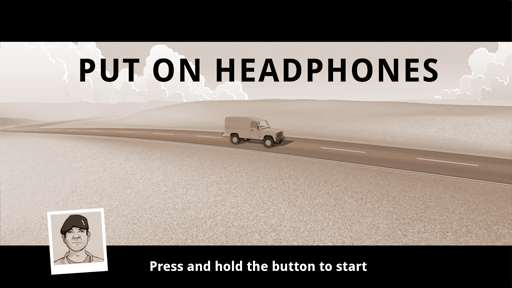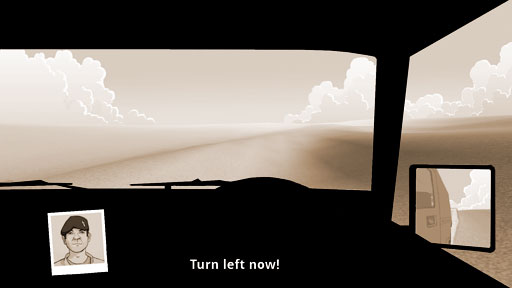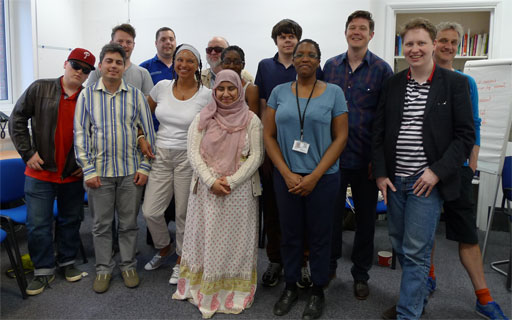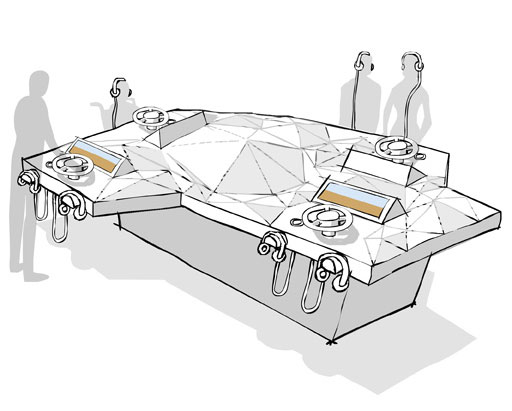



This research project aimed to develop a concept for an interactive museum exhibit which would be equally accessible and engaging to visually impaired and sighted users without compromising anyone’s experience.
The project was commissioned from Harmonic Kinetic by the London Science Museum and I worked with Dominic Robson, Marc Linder and script writer Brian Fillis to deliver it.
The exhibit was to sit within the Science Museum’s new Information Age gallery, telling the story of the transformation in desert navigation techniques brought about by the introduction of GPS receivers during the 1991 Gulf War. This content was selected by the Science Museum specifically because of parallels between the experience of visual impairment and that of navigation in an empty desert landscape without visual references.
We designed the interactive experience collaboratively in a series of workshops with a group of visually impaired users, including Gulf War veterans, lead by Maria Oshodi. We rapidly developed prototypes in the Unity game engine and tested them in the workshops over several weeks.
The collaborative design process meant we started the project without a fixed idea of the outcome. The concept we arrived at through the workshops was a hybrid of a driving game and a radio play. An immersive, binaural audio environment, delivered via headphones, put the user in the role of a British army driver being directed on a desert rescue mission by two bickering colleagues.
A robust arcade-style steering wheel interface provided haptic feedback and a ‘through the windscreen’ view on a small monitor provided non-essential visual feedback for sighted users as well as subtitles for hearing impaired users.
The challenge of this project was to create a truly inclusive interactive experience that would entertain and inform both sighted and non-sighted users, despite the divergent requirements and expectations of these user groups. The result was demonstrated by extensive user testing to successfully engage users from video-game savvy kids to grandparents regardless of visual impairment – quite an achievement in interaction design terms.